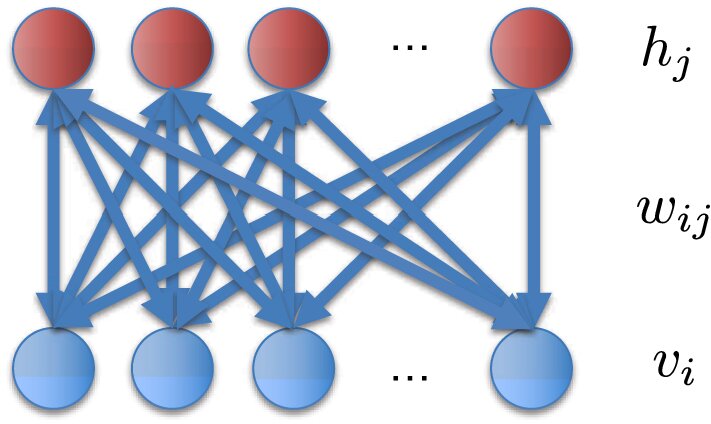Engineers at Penn Engineering have achieved a remarkable advancement in Nuclear Quadrupolar Resonance (NQR) spectroscopy, developing a technique capable of detecting signals from individual atoms. This breakthrough represents a significant leap forward from traditional methods that relied on averaged signals from trillions of atoms.
The discovery was made at the University of Pennsylvania’s School of Engineering and Applied Science, led by Lee Bassett, Associate Professor in Electrical and Systems Engineering and Director of Penn’s Quantum Engineering Laboratory. The research was published in Nano Letters and emerged from an unexpected observation during routine experiments with nitrogen-vacancy centers in diamonds.
The breakthrough came when Alex Breitweiser, a recent doctoral graduate now at IBM, noticed unusual patterns in experimental data that initially appeared to be artifacts. By consulting nuclear magnetic resonance textbooks from the 1950s and ’60s, he identified a physical mechanism that had previously been dismissed as experimentally insignificant. Modern technology allowed the team to detect and measure effects that were once beyond the capabilities of scientific instruments.
The research team collaborated with Delft University of Technology in the Netherlands to further develop their understanding of the effect. Through a combination of experimental physics, quantum sensing, and theoretical modeling, they created a method for capturing single atomic signals with unprecedented precision. Mathieu Ouellet, a recent ESE doctoral graduate and co-first author, compared this achievement to isolating a single row in a huge spreadsheet, as opposed to traditional NQR methods that only provide averaged results.
This refined form of NQR spectroscopy has significant implications across multiple fields, particularly in drug development and protein research. The technique’s ability to examine molecular interactions at the atomic level could lead to major advancements in understanding diseases and developing new medications. Traditional methods have been limited in their ability to observe subtle variations between individual molecules, which is particularly crucial in protein research where small structural differences can determine whether a protein promotes health or causes disease.
The development builds upon decades of scientific progress since the 1950s, when scientists first began using radio waves to identify molecular “fingerprints” of materials. This technology has been instrumental in various applications, from MRI scans for medical diagnostics to explosive detection systems at airports.
The theoretical understanding of this breakthrough required significant effort, with researchers carefully testing various hypotheses through simulations and calculations to match the data with potential causes. Looking ahead, the team sees vast potential for their method to address pressing scientific challenges by characterizing previously hidden phenomena at the atomic level.
Reference: “Quadrupolar Resonance Spectroscopy of Individual Nuclei Using a Room-Temperature Quantum Sensor” by S. Alex Breitweiser, Mathieu Ouellet, Tzu-Yung Huang, Tim H. Taminiau and Lee C. Bassett, 12 December 2024, Nano Letters. DOI: 10.1021/acs.nanolett.4c04112




